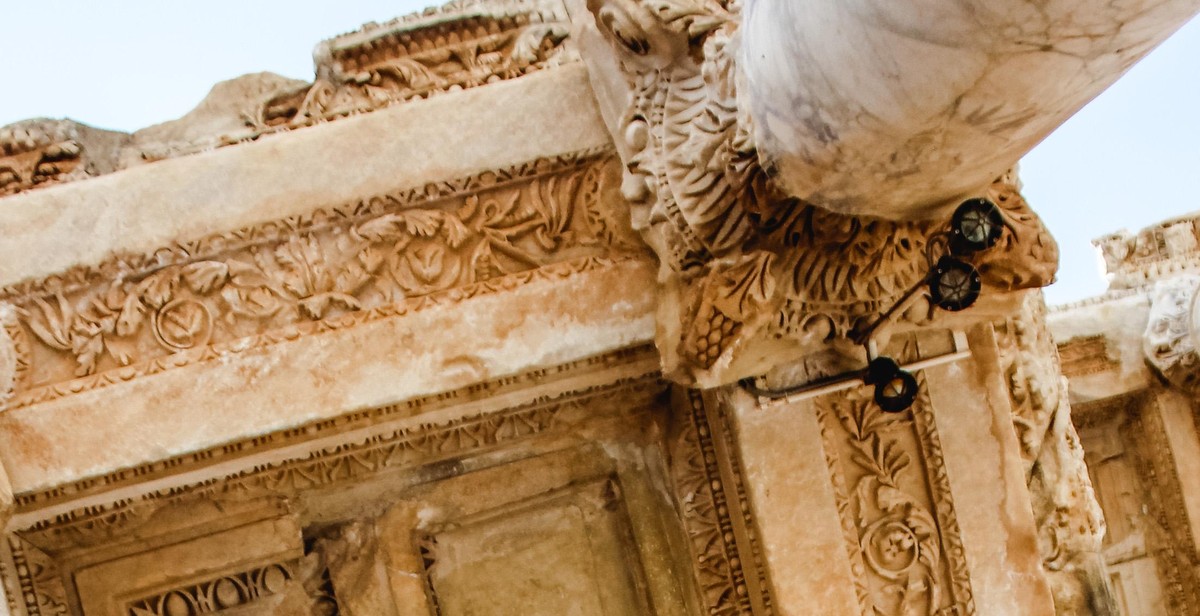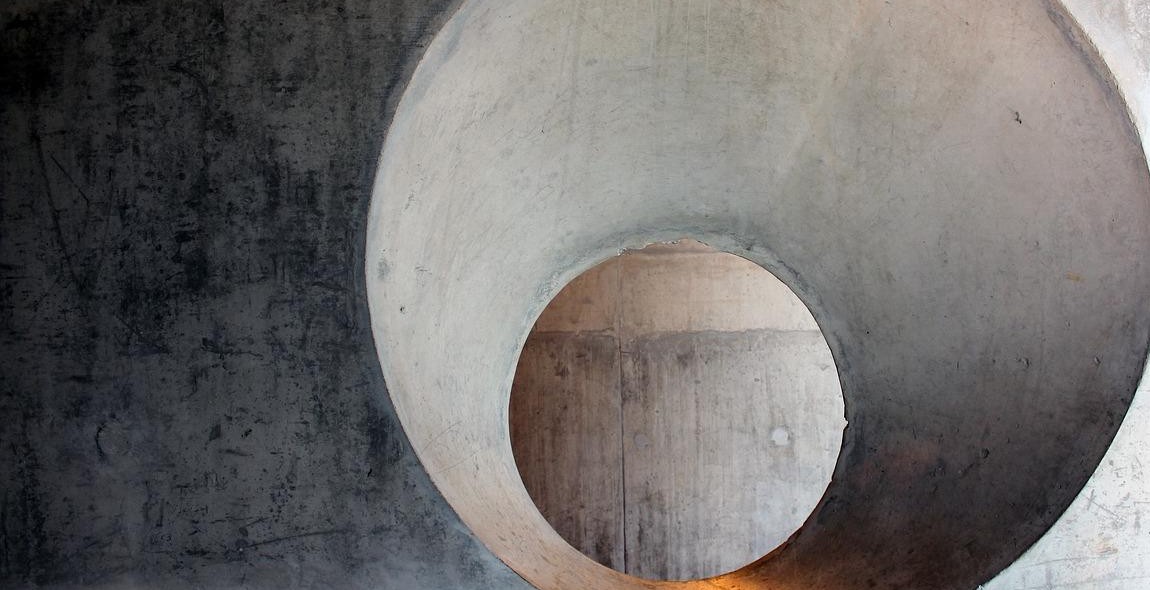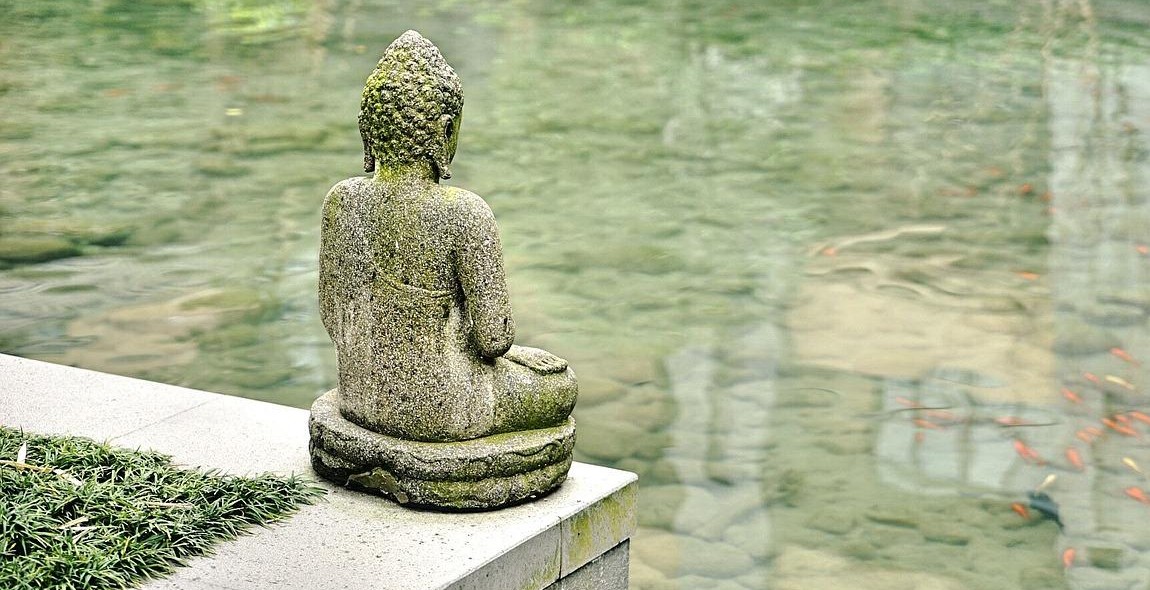Introduction: Techniques for Sculpting Large Artworks
As a professional sculptor with over a decade of experience, I have had the privilege of working on a wide range of projects, from small-scale figurines to giant-sized sculptures that adorn public spaces. My passion for sculpting began at a young age, and over the years, I have honed my skills and techniques to create art that not only looks beautiful but also tells a story.
The Challenge of Creating Giant-Sized Sculptures
One of the most exciting and challenging aspects of my work is creating giant-sized sculptures. These larger-than-life artworks require a different set of skills and techniques, as well as a different approach to the creative process. From concept development to final execution, every step of the process must be carefully planned and executed to ensure that the final result is not only visually stunning but also structurally sound.
Why This Article is Important
In this article, I will share with you the techniques and tips that I have learned over the years for creating giant-sized sculptures. Whether you are a professional sculptor or simply someone who is interested in the art of sculpting, this article will provide you with valuable insights into the process of creating large-scale artworks. From choosing the right materials to understanding the importance of scale and proportion, this article will cover everything you need to know to create your own giant-sized sculptures.

Choosing the Right Material
When it comes to creating giant-sized sculptures, choosing the right material is crucial. There are several types of materials that can be used for large sculptures, and each has its own pros and cons.
Metal
Metal is a popular material for large sculptures due to its durability and strength. It can withstand harsh weather conditions and is resistant to corrosion. Metal sculptures can also be polished or painted to create a unique finish. However, metal can be quite heavy and difficult to work with, requiring specialized equipment and expertise.
Stone
Stone is another popular material for large sculptures. It offers a timeless and natural look that can complement any environment. Stone sculptures can also last for centuries and require little maintenance. However, stone can be quite heavy and difficult to transport. It also requires specialized tools and expertise to sculpt.
Wood
Wood is a versatile material that can be used for large sculptures. It is lightweight, easy to carve, and can create a warm and natural look. Wood sculptures can also be painted or stained to create a unique finish. However, wood is susceptible to rot, decay, and insect infestation. It also requires regular maintenance to preserve its appearance.
Resin
Resin is a synthetic material that can be used for large sculptures. It is lightweight, easy to work with, and can be molded into any shape. Resin sculptures can also be painted or finished to create a unique look. However, resin is not as durable as other materials and can fade or crack over time.
| Material | Pros | Cons |
|---|---|---|
| Metal | Durable, strong, resistant to corrosion, can be polished or painted | Heavy, difficult to work with, requires specialized equipment and expertise |
| Stone | Timeless and natural look, long-lasting, requires little maintenance | Heavy, difficult to transport, requires specialized tools and expertise |
| Wood | Lightweight, easy to carve, warm and natural look, can be painted or stained | Susceptible to rot, decay, and insect infestation, requires regular maintenance |
| Resin | Lightweight, easy to work with, can be molded into any shape, can be painted or finished | Not as durable as other materials, can fade or crack over time |
Ultimately, the choice of material will depend on the artist’s vision, budget, and intended location for the sculpture. Each material has its own unique qualities and challenges, and it is important to choose the one that best suits the project.
Creating the Armature
When it comes to creating giant-sized sculptures, one of the most important steps is building a strong and sturdy armature. An armature is essentially the skeleton of your sculpture, providing support and structure for the rest of the piece. Without a proper armature, your sculpture may collapse or become unstable over time.
Why You Need an Armature
Building an armature is essential for any large sculpture because it provides the necessary support to hold the weight of the materials used. Without an armature, the materials used to build the sculpture may sag or collapse under their own weight. Additionally, an armature allows for greater control over the shape and form of the sculpture, making it easier to create the desired look and feel.
How to Build an Armature for Large Sculptures
The process of building an armature for a large sculpture can be broken down into several steps:
- Choose your materials: The materials you choose for your armature will depend on the size and scope of your sculpture. Common materials include steel rods, PVC pipes, and wire mesh.
- Create a base: The base of your armature should be strong and stable enough to support the weight of the entire sculpture. This can be achieved by attaching the armature to a wooden or metal base.
- Bend and shape the materials: Once you have your materials and base, you can begin bending and shaping them into the desired form of your sculpture. This may require the use of specialized tools, such as pliers or wire cutters.
- Secure the materials: As you shape the armature, it is important to secure the materials together using wire or zip ties. This will help ensure that the armature remains stable and does not shift or move during the sculpting process.
Overall, building a strong and sturdy armature is a crucial step in creating a successful giant-sized sculpture. By following these steps, you can ensure that your armature provides the necessary support and structure for your sculpture to stand the test of time.

Building Up the Sculpture
Once you have your armature in place, it’s time to start building up the sculpture. This is the stage where you add volume and mass to your piece. You’ll be using a variety of materials to create the overall shape of your sculpture.
Adding Volume and Mass
One of the most common materials used for building up a sculpture is clay. It’s a versatile material that allows you to add and subtract from your sculpture as you go. You can also use foam or other materials to build up the basic shape of your sculpture.
As you build up your sculpture, it’s important to step back and look at it from all angles. You want to make sure that the proportions are correct and that the overall shape is what you want it to be. You can use tools like calipers or rulers to help you measure and adjust your sculpture as needed.
Refining the Details
Once you have the basic shape of your sculpture in place, it’s time to start refining the details. This is where you’ll add texture, fine-tune the proportions, and add any intricate details that you want to include.
For example, if you’re sculpting a person, you might start by adding the basic shape of the head, torso, and limbs. Then, you’ll add details like muscle definition, facial features, and clothing. You can use a variety of tools to create texture and add details, such as sculpting knives, wire brushes, and sandpaper.
Throughout the process of building up and refining your sculpture, it’s important to take breaks and step back to get a fresh perspective. This will help you see any areas that need improvement and make adjustments as needed.
Pro Tip:
- Consider taking progress photos of your sculpture as you work. This will help you see how it’s evolving over time and give you a better idea of what changes you need to make.
| Materials for Building Up a Sculpture: | Tools for Refining Details: |
|---|---|
| Clay | Sculpting knives |
| Foam | Wire brushes |
| Plaster | Sandpaper |
| Wood | Calipers |
Finishing Touches
Sanding and Polishing
After you have completed the sculpting process, the next step is sanding and polishing. This process involves using sandpaper to smoothen the surface of the sculpture and remove any rough edges or bumps. It is important to start with coarse sandpaper and gradually move to finer grits until you achieve the desired smoothness.
Once the sanding is complete, you can then proceed to polishing the sculpture. Polishing involves using a polishing compound and a buffing wheel to create a smooth, shiny surface. This step is important as it not only enhances the overall appearance of the sculpture but also helps protect it from damage.
Painting and Coating
Painting and coating are the final steps in creating a giant-sized sculpture. These steps involve adding color and protecting the sculpture from environmental factors such as UV rays and moisture.
When it comes to painting, it is important to use high-quality paint that is specifically designed for outdoor use. This will ensure that the paint does not fade or peel over time. Additionally, it is important to apply a primer before painting to ensure that the paint adheres properly to the surface of the sculpture.
Coating is also an important step as it helps protect the sculpture from environmental factors. A clear coat can be applied to the sculpture to protect it from UV rays and moisture. This will help extend the life of the sculpture and maintain its appearance for years to come.
Conclusion
Creating a giant-sized sculpture requires patience, skill, and attention to detail. By following these techniques for sculpting large artworks, you can create a masterpiece that will stand the test of time. Remember to take your time, work carefully, and enjoy the process of creating something truly unique.

Installation and Maintenance
Transporting and Installing Your Sculpture
Transporting and installing giant-sized sculptures require careful planning and execution to ensure safety and avoid damage to the artwork. Here are some tips to help you transport and install your sculpture:
- Hire a professional art moving company to transport your sculpture to the installation site. They have the right equipment and experience to handle large and delicate artworks.
- Check with local authorities for any permits or restrictions on transporting and installing sculptures in public spaces.
- Make sure the installation site is prepared and ready to receive the sculpture. This includes checking for any underground utilities, ensuring the ground is level and stable, and making sure there is enough clearance for the sculpture.
- Use a crane or other heavy equipment to lift and position the sculpture in place. Make sure the sculpture is properly secured and anchored to prevent it from falling or tipping over.
Maintenance and Preservation Tips
Maintaining and preserving your sculpture is crucial to ensure its longevity and beauty. Here are some tips to help you keep your sculpture in top condition:
- Regularly inspect the sculpture for any signs of damage, wear, or deterioration. Address any issues promptly to prevent further damage.
- Clean the sculpture periodically to remove dirt, dust, and other debris. Use a soft cloth or brush and mild soap and water. Avoid using harsh chemicals or abrasive materials that can damage the surface of the sculpture.
- Apply a protective coating to the sculpture to prevent corrosion and weathering. Choose a coating that is compatible with the material of the sculpture.
- Avoid placing the sculpture in direct sunlight or harsh weather conditions. If the sculpture is exposed to the elements, consider installing a protective cover or shelter.
| Installation | Maintenance |
|---|---|
| Hire a professional art moving company | Regularly inspect for damage |
| Check for permits and restrictions | Clean periodically with mild soap and water |
| Prepare the installation site | Apply a protective coating |
| Use heavy equipment to lift and position | Avoid direct sunlight and harsh weather |
